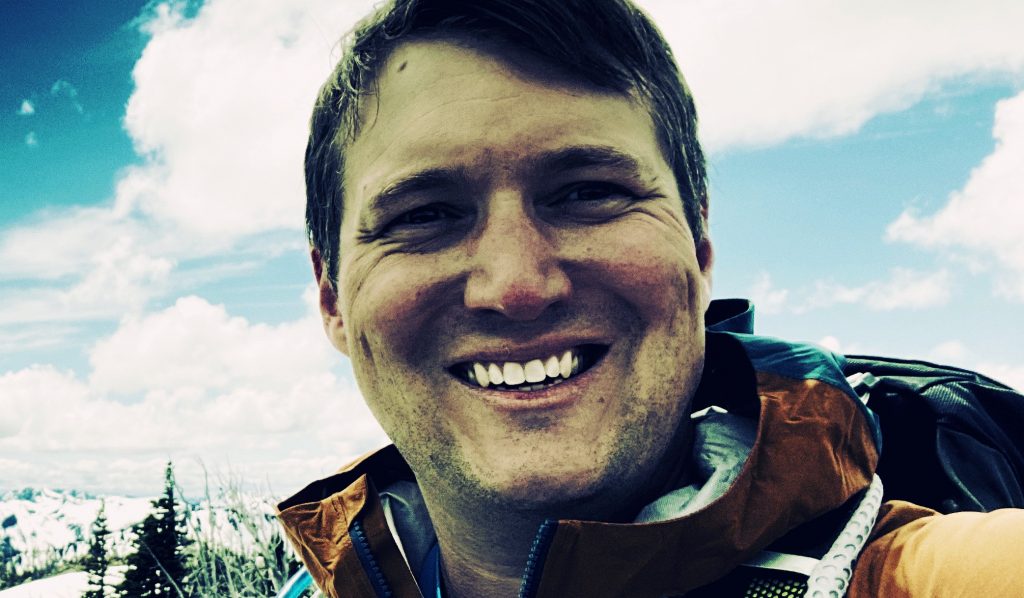Skiing Tips For Beginners


Skiing is an excellent way to spend time in the winter, but getting started right is essential. If you’re a beginner, a few tips will help you feel more comfortable and confident on the slopes. First, make sure you have the proper equipment. This includes proper-fitted boots.
Keep Your Knees Flexible
Flexibility is essential for skiing and snowboarding. Because tight muscles are more likely to be injured than those that have been adequately stretched.
The most common problem I have seen in skiers is that they don’t have enough range of motion in their hip flexors, so they can’t internally rotate their hips.
Lay on your back with the foot of the leg you want to stretch placed on top of your other knee, pulling your hips towards your chest. This is called extension and usually works well for most people.
You can also increase the range of motion by placing your hands on either side of the front knee and moving the hips forward and toward the wall. This is called internal rotation and can also be a good stretch.
Look Forward
You are looking forward while skiing is a skill that can make or break your confidence. Not only do you need to know how to navigate your way down the slope, but also you need to be able to anticipate what’s coming up ahead and plan a safe route through it.
To do this, begin in an athletic stance: feet hip-width apart, knees slightly bent, and head and shoulders in place, ready to move forward. This will help you to see what’s ahead of you and, in turn, help you ski the next two or three turns.
Keep Your Toes Pointed Inward
Keeping your feet shoulder-width apart with your toes pointed inward (like the shape of a snow plow) gives you a stable base on which to ski. It would help if you flexed your knees, ankles, and waist slightly to help maintain stability.
To make a turn, move your feet, not your shoulders, to point your skis in the direction you want them to go. You must practice turning left and right on gentle slopes before going steeper!
To make a left turn, place more weight on your left foot, and to make a right, put more weight on your right foot. By doing this, you will get used to how much pressure each foot needs to put on the snow.
Keep Your Legs Bending
Keeping your legs bent while skiing helps you keep your weight off the front of your skis. This forces the skis to work for you, not against you.
A common mistake new skiers make leaning back instead of allowing their feet to push against the upper part of the ski boots. This can result in burning thighs and poor control of your skis.
If you find your legs feeling stiff and tired after skiing. Try standing with your knees bent as far forwards over your feet as you can. Holding this position for about a minute will stretch the calves and lower leg muscles.
This exercise will also help your calf and toe flexor muscles to become more flexible. You are taking the time to stretch these muscles before a skiing trip. Ensures that you can enjoy a smoother descent when you get on the slopes.
